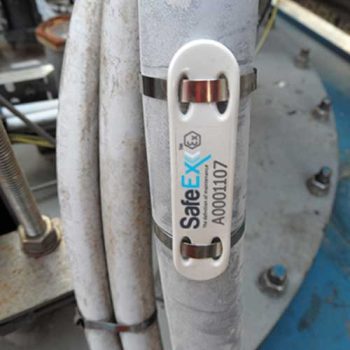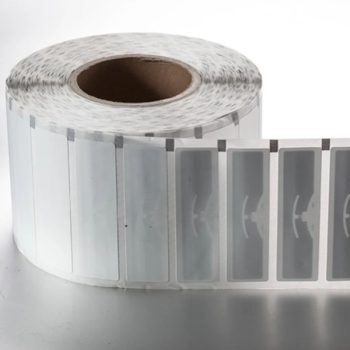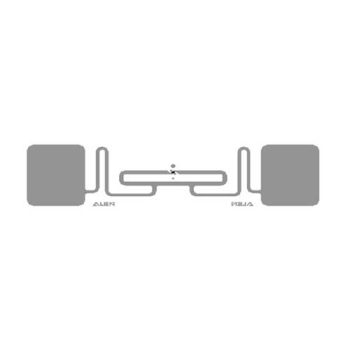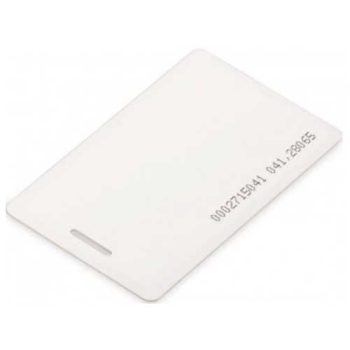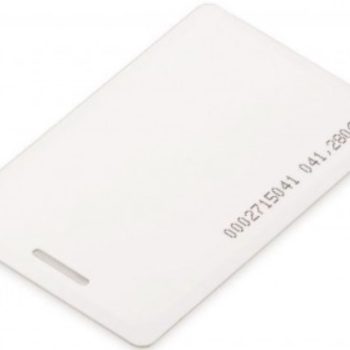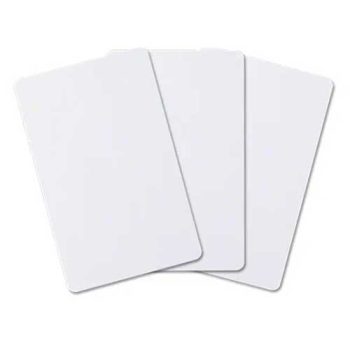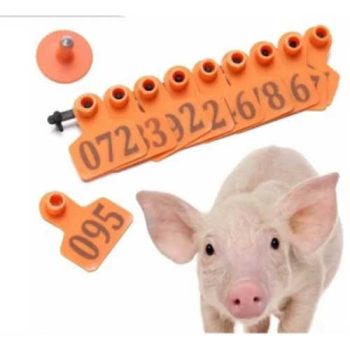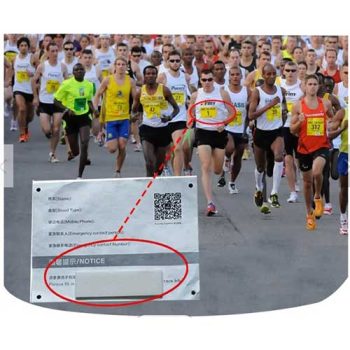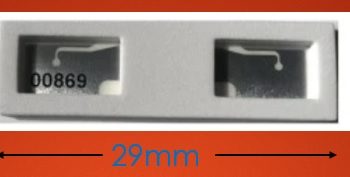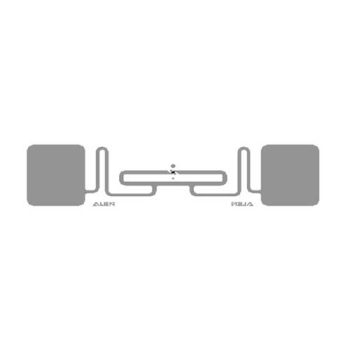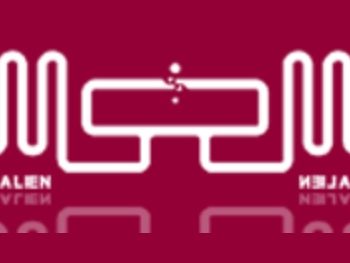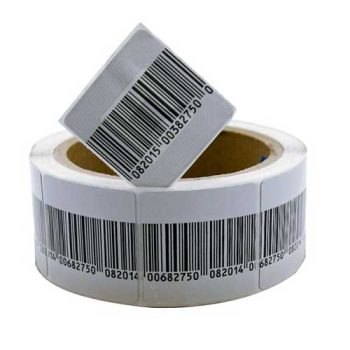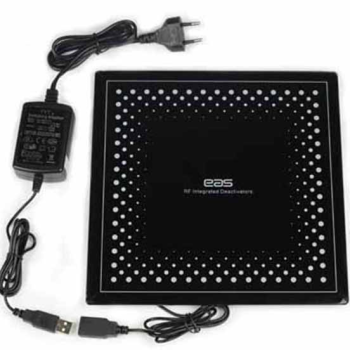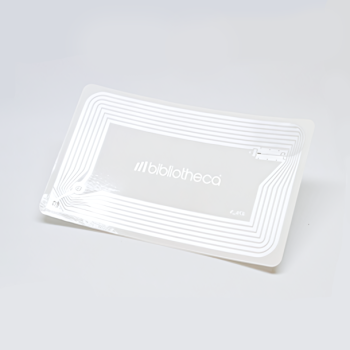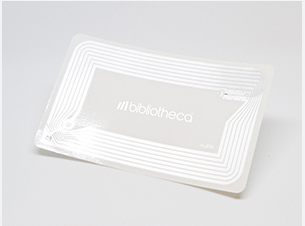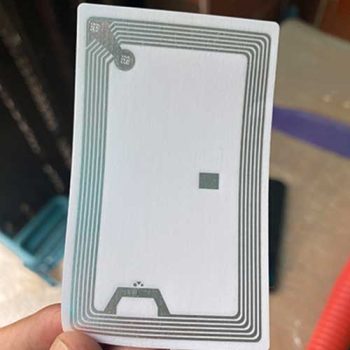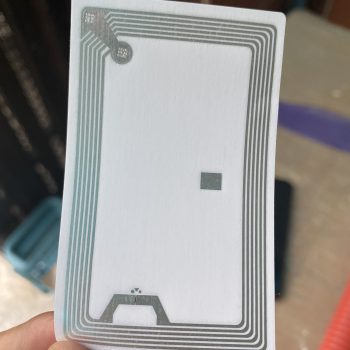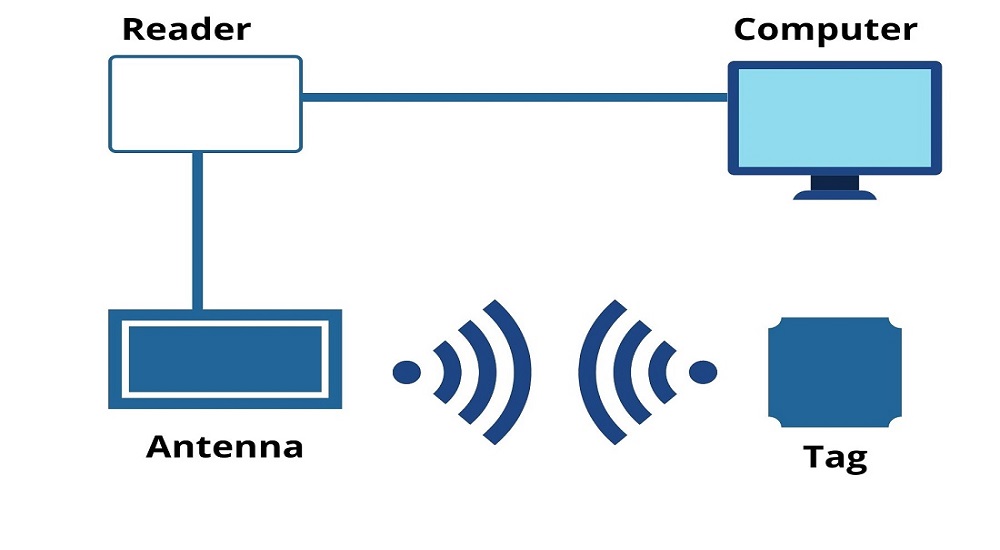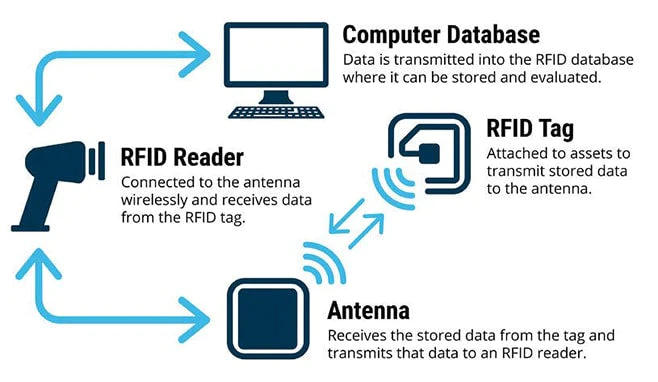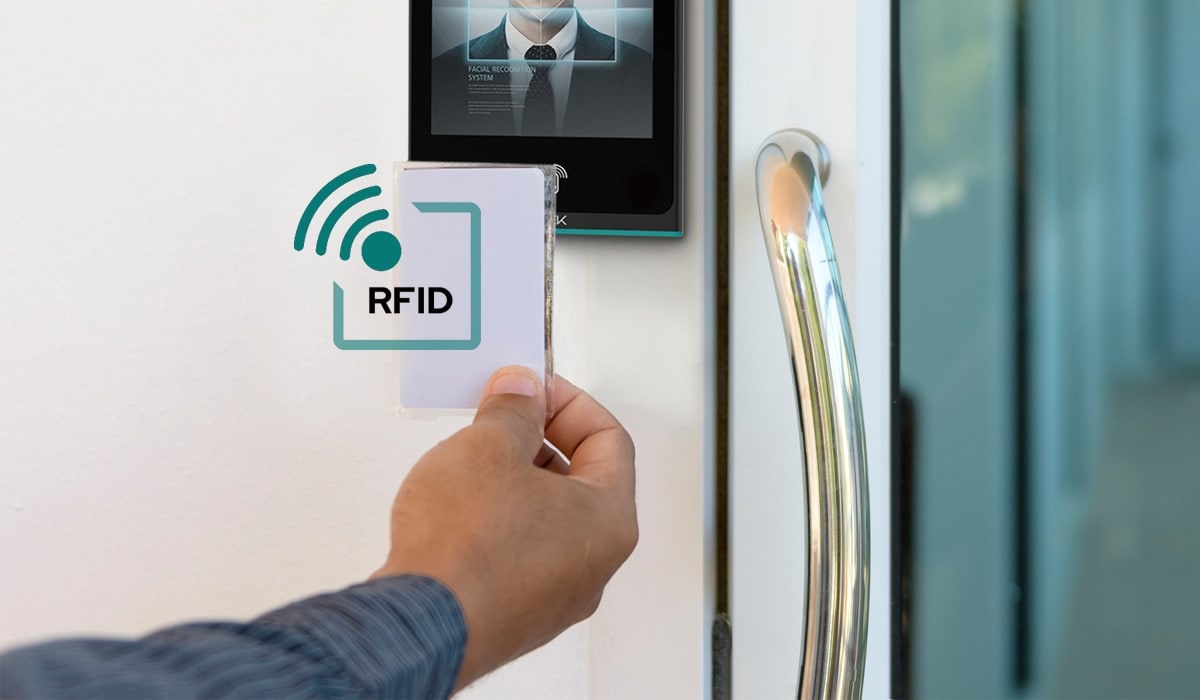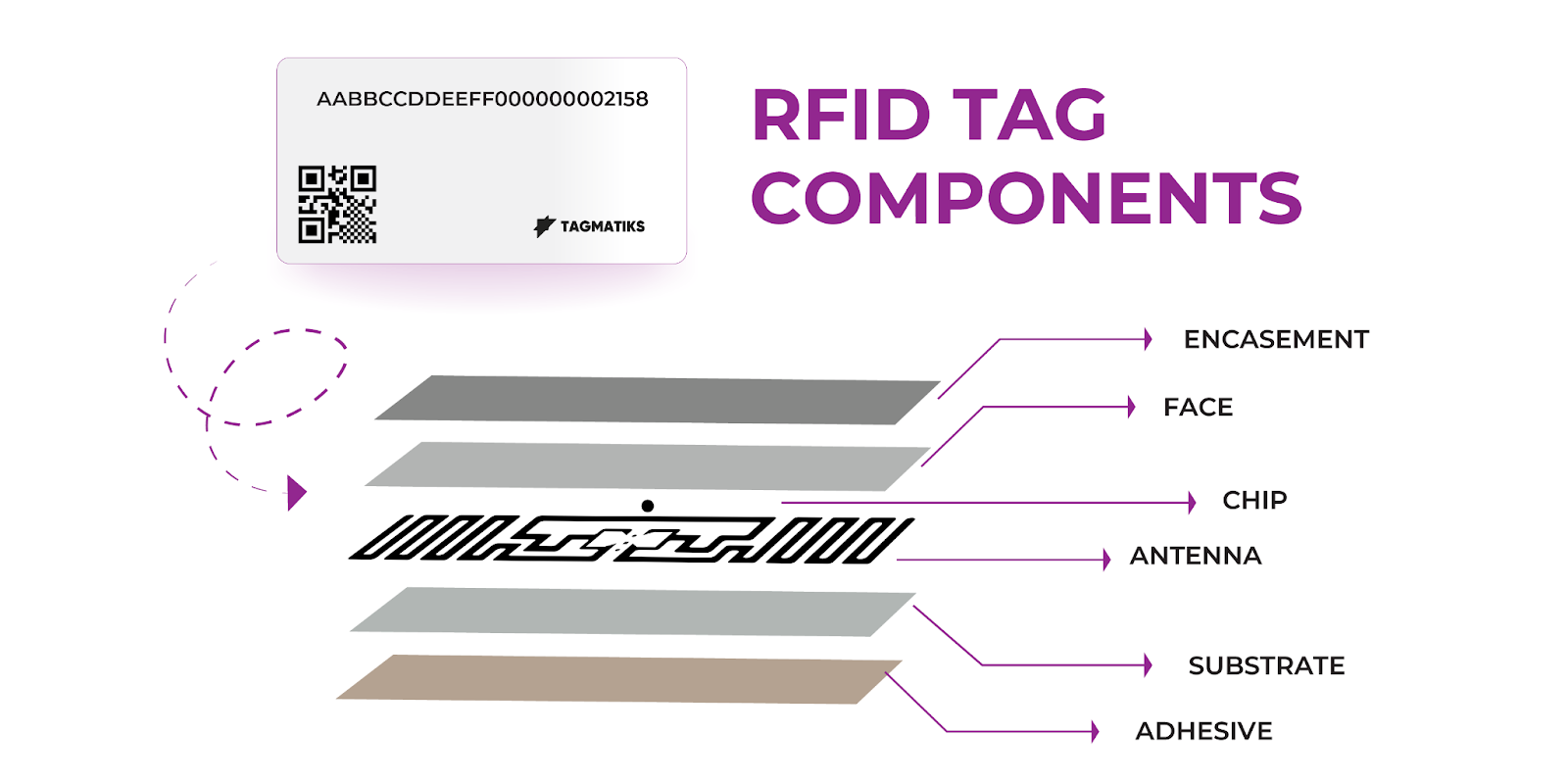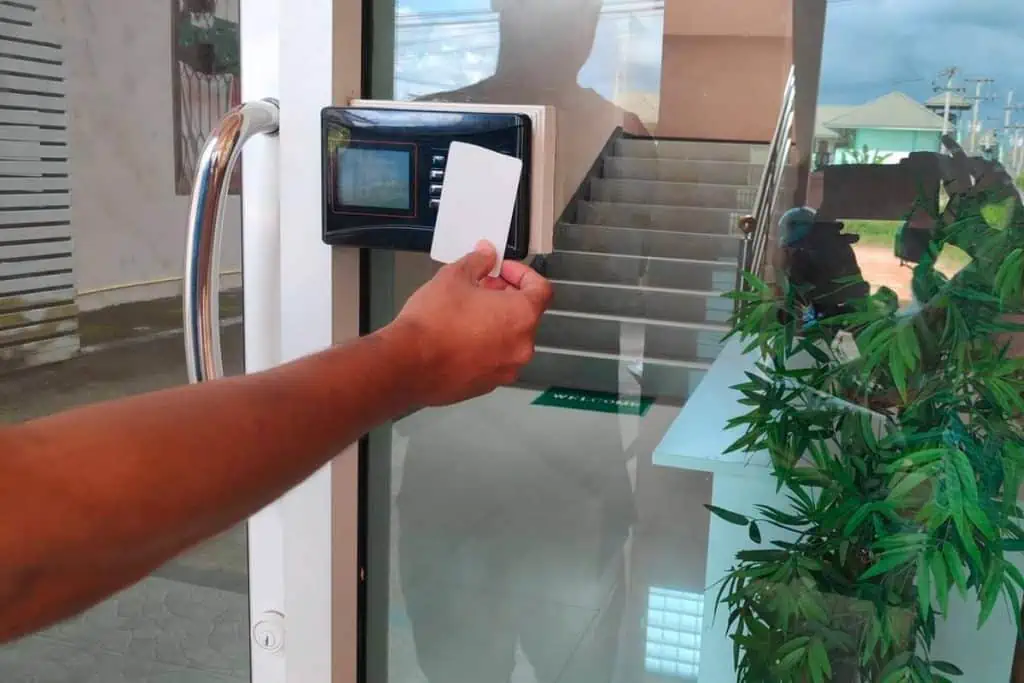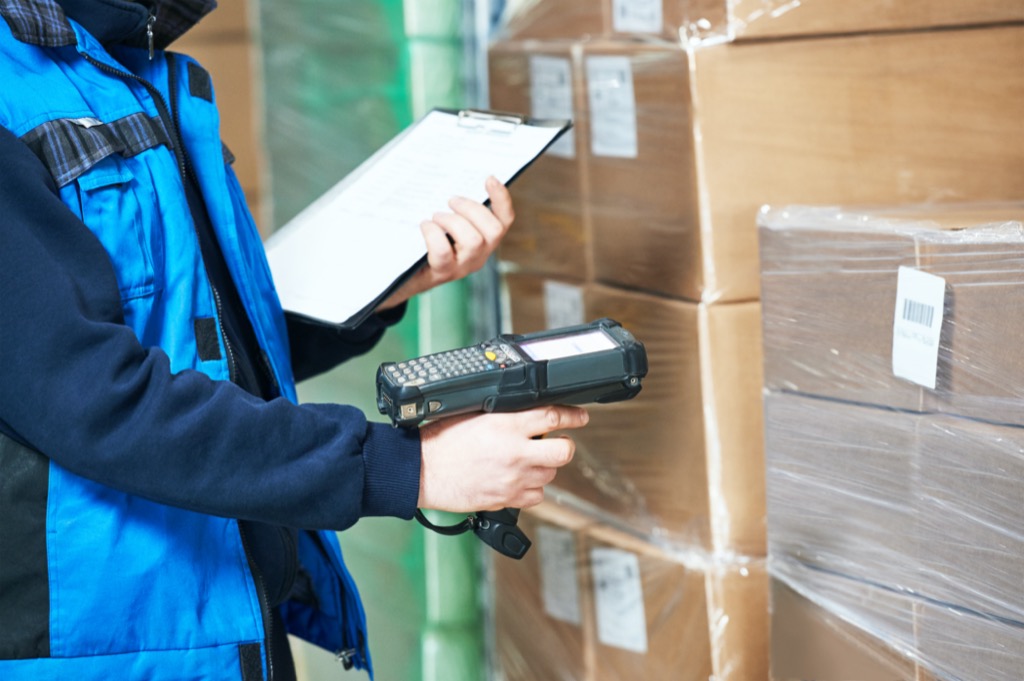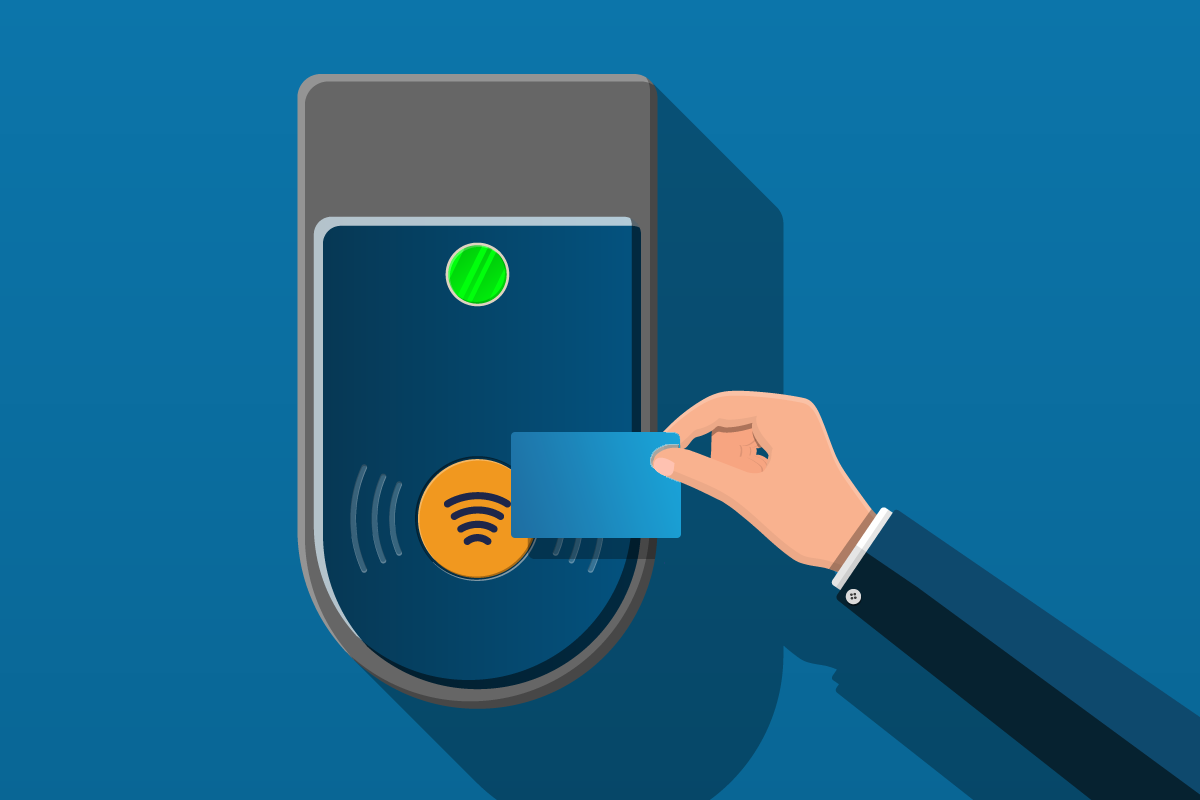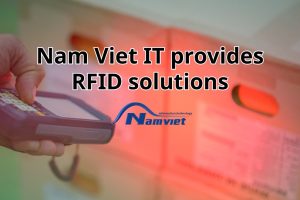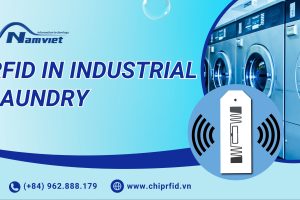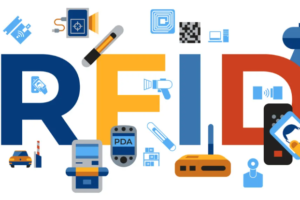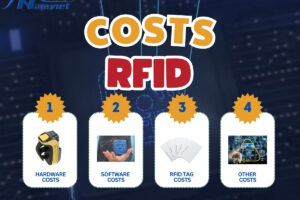As a leading provider of RFID solutions in Vietnam, IT Nam Viet understands the initial confusion of customers when approaching this technology. Therefore, in this article, we would like to share with you some instructions for new readers to use RFID cards effectively, follow along!
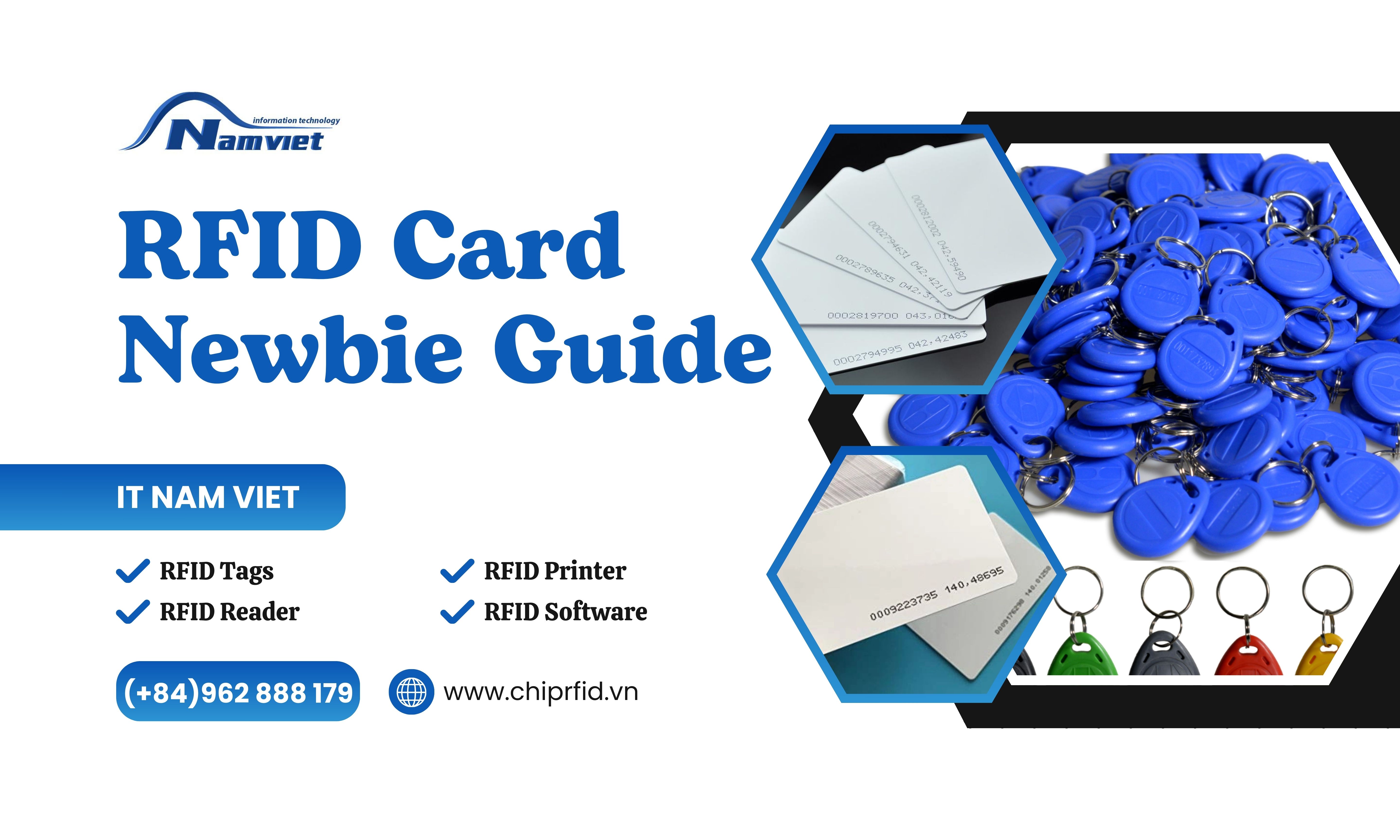
Hiểu Về Thẻ RFID Một Cách Tổng Quan
Before learning how to use RFID tags, you need to understand the basic knowledge of RFID technology. So what is RFID? RFID is an abbreviation of the English term Radio Frequency Identification, which is a technology that uses electromagnetic fields to automatically identify and track tags that support this technology attached to objects.
An RFID system consists of the following main components:
- RFID tag: Includes low frequency RFID tag, high frequency RFID tag and ultra-high frequency RFID tag.
- RFID reader: A device used to identify objects and collect information from RFID tags, used to track individual objects. Accordingly, radio waves are used to transmit data from RFID tag to RFID Reader.
- Antenna: Helps the reader to transmit and receive radio waves effectively.
Working principle: The reader emits radio waves, from which the RFID tag in the coverage area receives energy or is activated, the tag emits a signal containing data, the reader receives the signal and decodes the data, then the data is transferred to the management software system for processing.
RFID cards are widely used in many fields today, typically: RFID applications in warehouse management, RFID cards in access control, RFID card applications in contactless payments, RFID in libraries, RFID in livestock farming,…
RFID technology brings many practical benefits to businesses, helping to automate data collection processes, eliminate manual operations, thereby helping to increase work processing speed effectively. RFID readers are capable of reading multiple RFID tags at the same time, helping to optimize and improve productivity. Although RFID costs may be higher than other technology applications, in the long run, this is still a worthy investment and brings many golden benefits to users.
Guide for Newcomers to Using RFID Cards – Advice from Nam Viet IT Experts
Using RFID cards is not too difficult, however, to ensure efficiency and durability, Nam Viet IT experts recommend that you follow these steps:
Learn about the type of card and system you are using
Each RFID technology application can use different types of RFID cards and readers. Of course, the reading range of the cards is also different, so users need to follow the instructions from the RFID project implementation unit. If classifying cards by shape, RFID cards come in many types with different sizes, typically including paper cards, RFID labels, RFID plastic cards, RFID keychains, RFID bracelets, etc.
The most important thing is that you need to store RFID cards carefully, avoid scratching or exposing the card to chemicals, because this will more or less affect the durability of the card, even damage the RFID chip and antenna inside.
How to insert the card into the reading area
As mentioned, different types of RFID cards have different reading ranges, specifically as follows:
- Low frequency RFID card (LF – Low Frequency): Reading range is about 10cm
- High frequency RFID card (HF – High Frequency): Reading range is about 10 – 100cm.
- Ultra high frequency RFID card (UHF – Ultra High Frequency): Reading range reaches 12m.
Therefore, when using low-frequency RFID cards, you need to bring the card close to the RFID reader, do not touch the card directly to the reader. In addition, you should hold the card in the reading area for about 1 – 2 seconds or until the reader receives a response signal. RFID readers often have LED lights or speakers to indicate the card reading status, from which you can know whether the card has been read or not. If the card is not recognized, move and place the card in another location, making sure there are no obstacles between the card and the reader.
How to interact with RFID readers
There are many types of RFID readers on the market, typically fixed RFID readers and handheld RFID scanners. With handheld readers, you need to turn on the reader, bring the card close to the reading area until the reader emits a response signal. With fixed readers, they are often installed in fixed locations such as doors, control gates, etc. You just need to put the card into the coverage area of the reader’s antenna connection, the system automatically recognizes when the card is within reading range.
How to fix some common problems when using RFID cards
During use, you may encounter some minor problems, please refer to some cases and initial solutions as follows:
How to handle when the card is not recognized by the reader: Check if the card is scratched or damaged, make sure the card is inserted into the reading area and at a suitable distance, you can also change the angle of the card to receive a better signal. Regarding this issue, you can refer to the article: “Summary of Reasons Why the Reader Does Not Read RFID Chips” for more details.
Slow or unstable card reading: It is very possible that there is an obstacle between the card and the reader or the card is interfered with in a liquid or metal environment. Try moving the card to another location to check the stability of the card again.
Notes When Using RFID For Beginners
Here are some notes when using RFID for beginners that you can refer to:
- Determine your usage needs to choose the appropriate RFID card and RFID reader, with frequency, reading range and features compatible with the system.
- Provide detailed instructions for users on how to use the card, procedures related to system operation.
- Regularly check RFID devices to detect and handle problems promptly.
- Although RFID tags contain a unique identifier, in some applications, the card may be at risk of losing security, so please comply with effective data security regulations.
- Pay attention to the application environment, because liquid or metal environments can significantly affect the performance of the RFID system, especially for UHF frequency RFID tags.
- Research and select a reliable RFID supplier with many years of experience and good technical support capabilities, ensuring the success of RFID project implementation.
- Users must not bend or scratch the surface of RFID cards.
RFID technology brings many practical benefits to businesses, improves productivity, reduces human errors and helps the unit improve its competitiveness compared to competitors. Understanding how to use RFID cards will help you operate the system effectively.
With more than 10+ years of experience and being the leading prestigious unit in the RFID field in Vietnam, IT Nam Viet is always ready to accompany customers. At IT Nam Viet, RFID devices are committed to being genuine, with clear documents, public quotes and warranties according to regulations. If you have any questions, please contact IT Nam Viet immediately via Hotline (+84) 962 888 179!
My name is Le Nam Viet, currently FOUNDER & CEO of Nam Viet IT Company, I graduated from Ho Chi Minh Polytechnic University. I have more than 3 years of experience providing RFID chip technology solutions, RFID scanners, barcode labels and barcode readers. It’s a pleasure to share my knowledge with readers.



 Tiếng Việt
Tiếng Việt